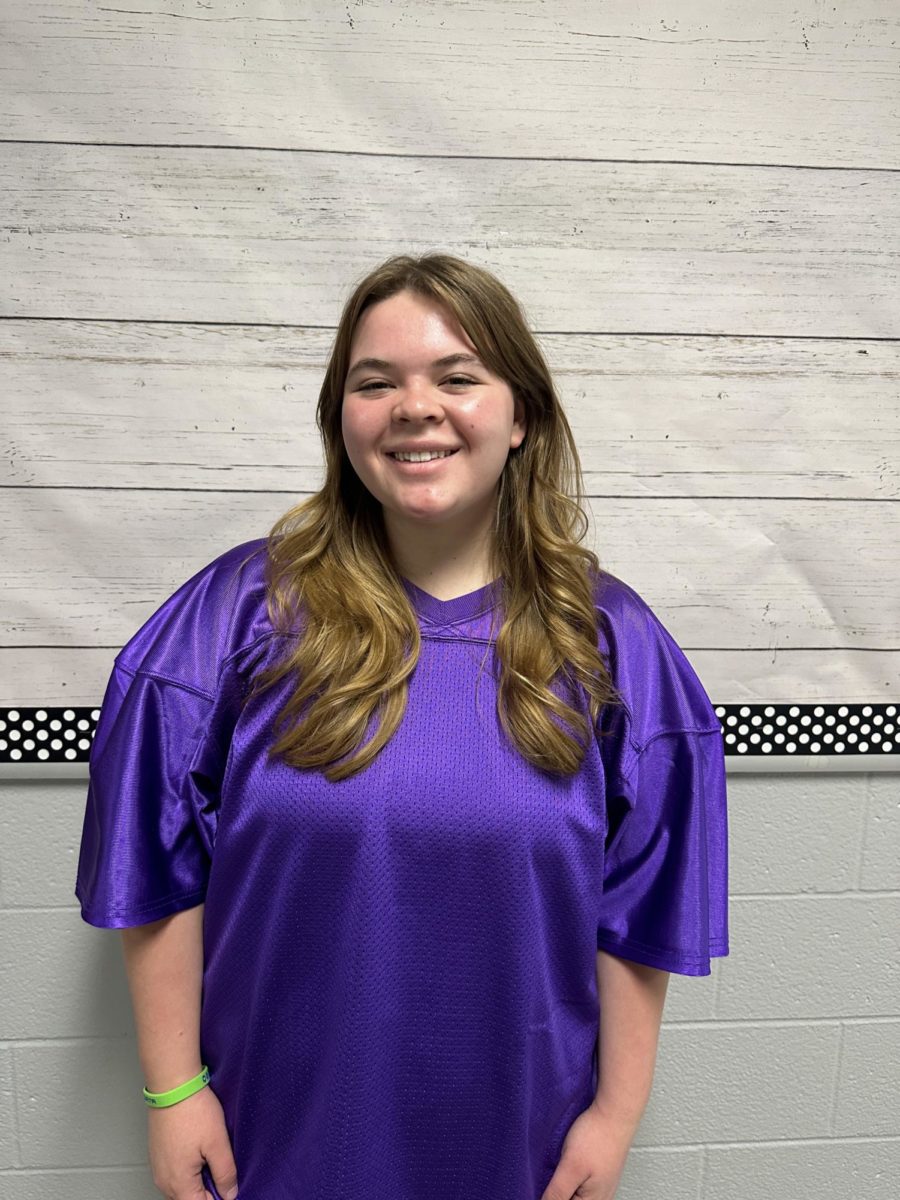Rural areas like Paoli do not particularly come to mind when it comes to alternative energy. However, some groups in Orange County have already begun to switch to a sustainable energy source.
One of the groups to have recently made the switch is the people of the Paoli Mennonite Fellowship.
Lonnie Sears, who helped to add solar panels to the Church, had many reasons for the switch to solar.
“Paoli Mennonite Fellowship (PMF) discussed getting solar panels for several years until we were ready to move ahead with the project. We were concerned about the health and environmental problems caused by burning coal to make electricity. Coal provides about 70% of the electricity we usein our area. We wanted to switch to using solar for our energy needs,” said Sears.
This was not just an easy switch to make, and one main challenge stood in the way – the cost. However, people came together in order to make a difference.
“The challenge was the cost of the solar panels. Fortunately, people were generous and set aside money for the project. PMF was also able to get grants to cover one-third of the costs from two church organizations: Faith-in-Place and Pam DeYoung Net Zero Energy Fund,” said Sears.
These panels, although costing quite a lot to install, would be an overall economic gain for the church.

“Another reason for moving ahead was that in projecting costs and benefits, we found that we could cover the cost of the solar through a reduced electric bill over the life of the system. Based on our concern for creation care and finding that we could afford the costs we decided to move forward with the help of a local solar installer, Blue River Solar,” said Sears.
Not only were there financial benefits for the church, but the panels also helped their goal of helping the world.
“PMF benefits by acting on one of our core values which is caring for the people and place where we live. There are also environmental benefits. We have been able to save an estimated 14 tons of CO2 being released from coal-burning power plants,” said Sears.
The project also changed some community views and helped break the silence on alternative energy in the church.
“The solar energy project has care and the challenges of climate change. Like all church communities, we have diverse views on this topic, and this project has helped us openly discuss climate change rather than avoiding the problem. A practical impact of energy conservation is that we have more money to use for church missions instead of using the offering for the utility bill. People in the church have seen the benefits and households are also looking for ways to conserve and use alternative energy. We hope to share our experience with our community so we can work together to improve where we live,” said Sears.
The PMC fellowship is not the first in the area to make a big change to alternative energy. Orleans Community Schools have been using solar energy since 2017, and Superintendent Jimmy Ellis had many reasons for why the school also made the switch.
“Orleans Community Schools decided to utilize alternative energy as part of the corporation’s plan to reduce energy cost. Before installing the solar panels the corporation looked for ways to reduce energy consumption such as installing LED light fixtures and installing more efficient heating and cooling systems. Not only have the solar panels helped reduce energy costs, the solar panels are better for the environment,” said Ellis.
The process was relatively simple for Orleans, and many companies were involved in starting this project.
“The school corporation worked with Johnson-Melloh (now Veregy) on the installation of the panels. Duke Energy was also heavily involved throughout the entire process. The school corporation sold bonds to finance the project at a cost of approximately $2.3 million dollars. The bond financing allows the corporation to make yearly payments of approximately $160,000 over twenty years, instead of paying the entire amount upfront. The $160,000 is the amount the school corporation was paying yearly for electricity at the time of the project. The corporation has a net zero metering deal with Duke that lasts 30 years from the beginning of the project. The corporation will save roughly $1.5 million overall by installing solar,” said Ellis.
The largest benefit that Orleans has seen from the project is the financial gain.
“The most direct benefit is the savings cost to the corporation. As electric rates have increased the corporation’s bond payments have remained the same. The corporation is currently paying approximately $3,000 a year for electricity, which is for the facilities that aren’t attached to the solar fields (administration building, warehouse, softball and baseball scoreboards),” said Ellis.
These many small communities working locally to offer services to other interested businesses and residents give hope for a brighter future in Orange County.









